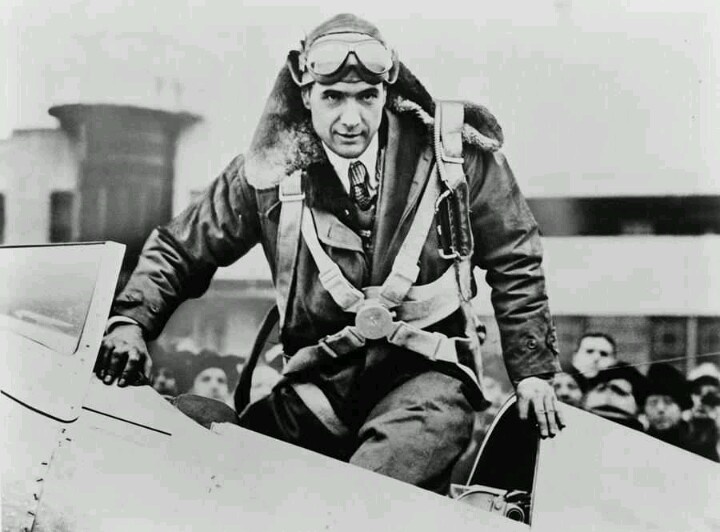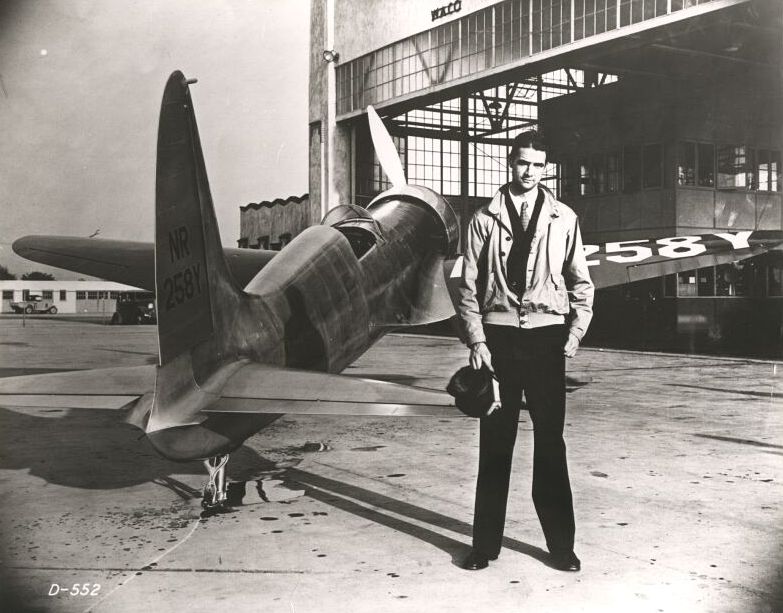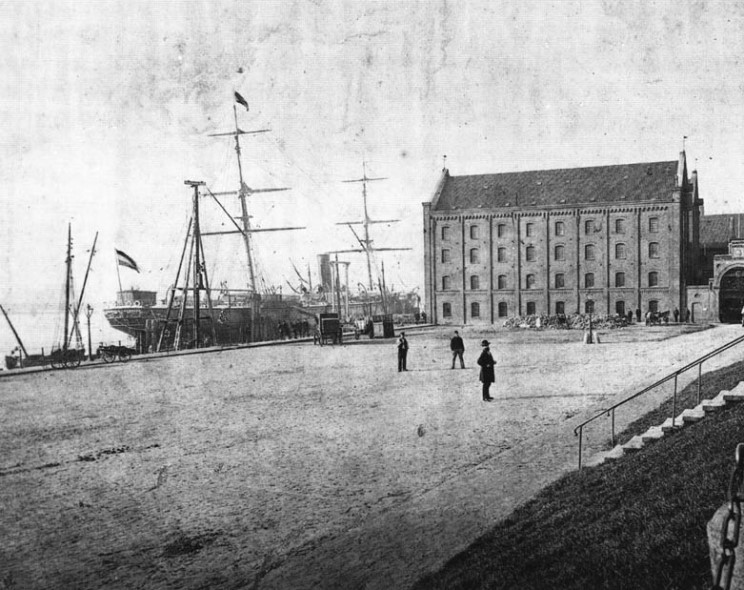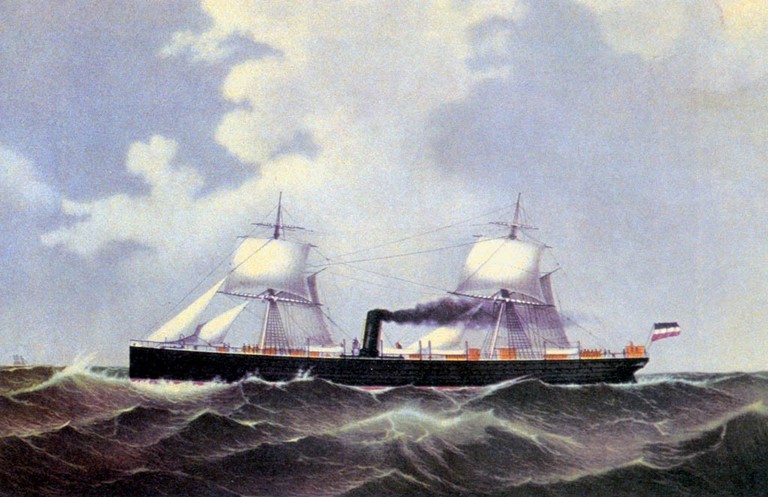1. 1993: Fleetwood Mac reunite to play at Clinton’s first inaugural gala

Photo: rollingstone
It was on this date in 1993 that the iconic rock band, Fleetwood Mac, set their differences aside and reunited to play at Bill Clinton’s first inaugural gala. The band’s hit song from 1977 “Don’t Stop” was chosen as the unofficial theme song for his 1992 presidential campaign. At the time, the original members of Fleetwood Mac hadn’t played together on the same stage for more than 5 years. This made acquiring them to play at the gala very difficult for Clinton’s transitional team. However, they somehow managed to convince the legendary musicians to come together for what would be a historic live performance. The Clinton’s had the pleasure of witnessing Stevie Nicks, Lindsey Buckingham, Christine McVie, and Mick Fleetwood reunite onstage and perform their hit song “Don’t Stop.” Also in attendance was a star-studded lineup that included Elton John, Michael Jackson, Barbara Streisand and many more.
2. 1937: Howard Hughes sets transcontinental air speed record

Photo: pinterest

Photo: historicwings
Billionaire Howard Hughes took off from Los Angeles California in his Hughes H-1 Racing aircraft and flew non-stop for 7 hours and 28 minutes before landing at the Newark Airport on this date in 1937. This set a new transcontinental airspeed record that unfortunately would only last just under a year before it was broken again. Hughes was no stranger to these daredevil acts, as an avid aviation enthusiast, he was constantly involved in test flights for new aircraft designs. On his record flight, he traveled approximately 2,490 miles at an average speed of 332mph. Hughes reported afterward he had traveled most of the way above 14,000 feet where he could test a new oxygen mask. The following year he set another record by completing a flight around the world in just 91 hours, which was four whole days quicker than the previous record.
3. 1883: Two steam ships collide in the North Sea

Photo: maritimequest

Photo: ancestry
On this date in 1883 two steamers collide due to heavy fog on the North Sea near Borkum Island in Northwest Germany. The smaller of the two was a Hamburg liner called the Sultan that only carried its crew at the time as they moved along the North Sea. The Cimbria was a massive 330-foot steamship that carried 302 passengers and 102 crew members as it left Hamburg towards a series of stops that included the long steam to America. Although, the fog was devastatingly thick and according to reports, neither ship reduced their speed nor any other precautionary measures. With visibility almost non-existent, the Sultan smashed straight into the port side of the Cimbria, severely damaging both ships. The Cimbria had lifeboats, but in the confusion, many of them weren’t filled to capacity and some were lost completely due to the fog, never to be seen or heard from again. There were a few ships in the nearby area that attempted to provide aid, but the frigid waters made rescue efforts extremely difficult and only 65 survivors were recovered leaving approximately 357 casualties.


